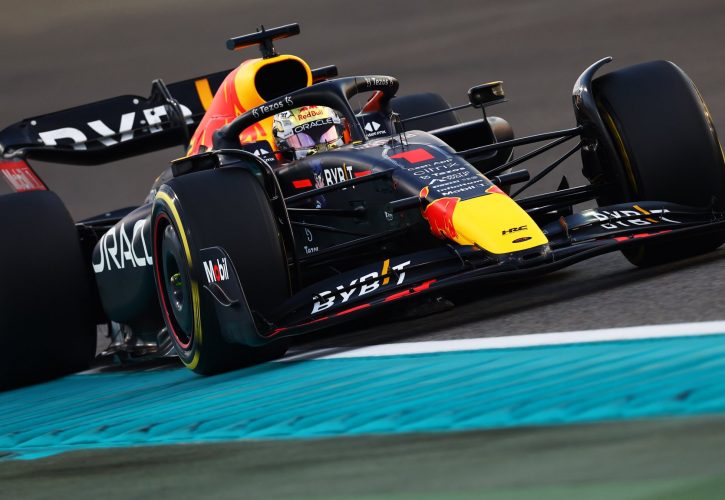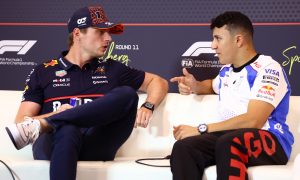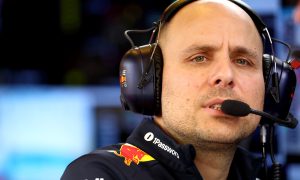
Christian Horner says the cost cap penalty levied upon Red Bull at the end of last year is already impacting the development of the team's 2023 car.
Red Bull's minor overspend in 2021 of F1's limited $145 million budget was sanctioned by the FIA with a $7 million fine and a 10 per cent reduction of its aerodynamic development hours.
At the time, Horner qualified his team's sporting penalty as "draconian" and likely to cost its cars between 0.25s and half a second a lap.
Others, such as Mercedes trackside engineering director Andrew Shovlin, have downplayed Horner's extremely negative assessment, insisting the magnitude of the reduction is in reality comparable to "what you would lose if you were just one place higher up in the championship."
As a reminder, a F1 team's allocation of aero testing is determined by an inverse sliding scale principle, the percentage of which depends on a team's classification in the sport's Constructors' standings.

Overall, Red Bull has been hit with a 63% allocation of wind tunnel and CFD time based on its cost cap penalty and its 2022 Constructors' title. And that reduction is already being felt by the team, Horner contends.
"We’re probably 25% almost of the way through that penalty, and of course it has an effect," Horner told RACER.
"It’s limiting significantly, the amount of runs that we can do in our wind tunnel over each quarter.
"And I think that the team are they’re having to adapt to that. And it just means you have to be a bit more focused, and more disciplined in what we put through the testing process within the tunnel or within our simulation tools.
"So it’s another challenge. And it’s a handicap for sure, coming into this year, but we’ve got very capable people that are looking to obviously extract the best that we possibly can and apply ourselves in the most efficient and effective way."
While Red Bull found itself on the receiving end of Formula 1's cost cap policing, Horner remains a believer in the system as it has forced teams to become more effective and efficient.
"I think the principle of it is great and it’s driven efficiency," he added.
"If I look at the business now, compared to where it was four or five years ago, we’d have ended up with a lot of stock of spare parts that were brand new that had never been used, and then they’re just scrap.
"And so now you just can’t afford to have that. You’ve got to be so effective and efficient.
"So I think from that point of view, it has driven great efficiency into the business. It’s got rid of that wastage that was there that nobody saw previously."

However, the Horner believes the concept will still require a few tweaks moving forward when the FIA and F1 apply the same cost cap principle to engine development.
"I think that the regulations are still very immature, they’re only in their second year," Horner explained.
"So they’re still evolving, and being tuned and as they’re being introduced into the power unit side of the business as well – I think principally, it is a good thing for Formula 1, and it does create a more level playing field – I think there’s certain elements that still need to be to be tuned.
"At the moment, we’re seeing a discrepancy between chassis financial regs and engine financial regs that on the chassis side, they can have a Christmas party, on the power unit side, they can’t!
"So there’s certain things that I think need balancing up so there is a consistency across those caps. But I think on the whole, it’s a very positive thing.
"I think that perhaps there is still too much weight put upon them in that we’re still designing very expensive engines and very expensive cars, because the technical regs drive you towards that.
"And I think the technical and sporting regs, I think particularly on the chassis for 2026, we need to look more at the cost drivers which are driven through those technical regs, which will then in turn put less pressure on the budget cap itself."
Keep up to date with all the F1 news via Facebook and Twitter






